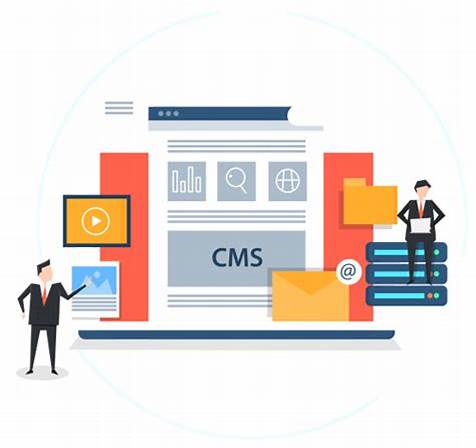The internet has become more of a necessity for today’s people as they can find varied information quickly here. And because of this demand, there are over one billion existing websites and this is growing exponentially every year. CMS or Content Management System is an important part of web development and over a third of all websites are powered by four major CMS platforms that are: WordPress, Magento, Drupal and Joomla. The popularity of these CMS platforms is that all of them offer appealing factors and focus on user experience, accessibility and success in the markets. But one major problem that goes right alongside these CMS platforms is the threat to cyber security.
Why are CMS platforms often targeted by cyber criminals?
CMS platforms are more vulnerable by nature because they are based on the open source frameworks and such shared development environments offer numerous benefits, but on the other side it also has some flaws which arise from the lack of accountability. Since there is no license fee, no one takes the responsibility for potential problems like security issues. Now these security vulnerabilities are worked upon by both security researchers and the hacker’s community. And with administrative access, hackers can do any kind of damage resulting from defacing the website to using it for the distribution of malware and this gets the site blacklisted in Google and other major search engines.
How to protect your CMS website?
Though the tactics and capabilities of the hackers are continuously evolving, but there are important tips that can help you to protect your CMS website from security attacks:
Using a web application Firewall: The users can opt for a WAF that automatically protects the site against CMS vulnerabilities. It is an enterprise grade security product that is available as a server plugin, appliance or even in a cloud based security as a service model.
CIA model: The CIA model is used as a guide to ensure the securing of information within the organization. The set of rules limits the access to information, ensure that the information is accurate and reliable. In order to keep in line with the CIA model, it is important for the organizations to consider the spread of the information. CMS represents both internal and external information and so it is important to take the security of the system seriously and prevent any loss of data and its manipulation.
Using Plug-ins sparingly: CMSs have a wide variety of plug-ins available and the advantages that they derive from the varied extensions give the users the chance to customize and utilize the features that are not present in the original package. This makes it more vulnerable and hackers find more scope to entry. So, it is very important to find out your exact requirements and use only those plug-ins that are needed and prevent the use of unnecessary external plug-ins. Paying great attention to the reviews and the recommendations from the CMS community and not downloading all new plugins can save your CMS website from security attacks.
Assessment and treatment of risks: When it is all about the security of your website, it is a game. Hackers will try to find out the loopholes in the software and developers will try to mend the patch as soon as possible. Risk assessment helps the security professionals identify the incidents that could occur and damage the company’s assets. The detailed reports help the developers to safeguard the CMS website against potential attacks. Using tools like vulnerability scanners enables the admins to find the weakest aspects and then strengthen the security system. This reduces the damage done by any breach and it should be implemented as a part of the disaster recovery plan. Regular backup of the site and its database is also an important task to perform.













